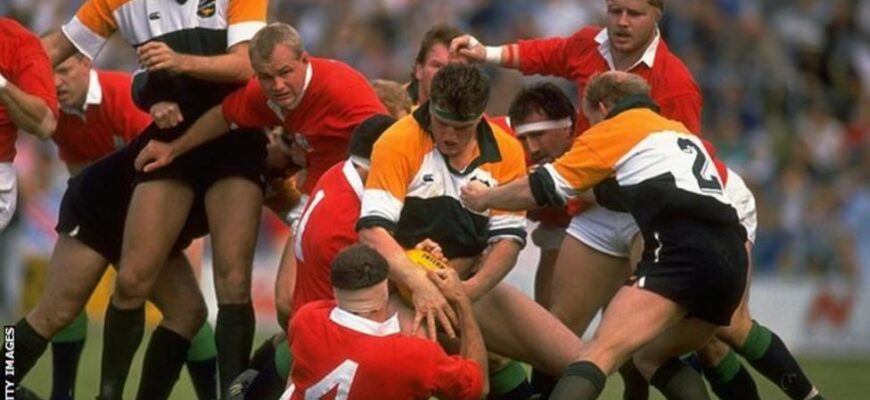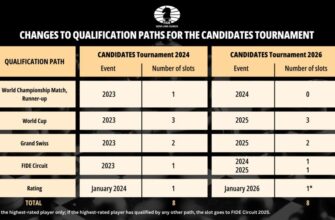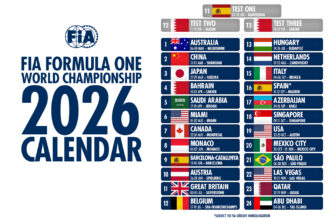Adelaide, Australia – A bold experiment in cross-Tasman rugby unity met a stark reality check in Adelaide, as the combined Australia and New Zealand (ANZAC) team suffered a comprehensive 0-48 defeat at the hands of the touring British & Irish Lions. This marked the first occasion since 1989 that players from the two rival nations had formally united on the field, a concept loaded with historical significance and sporting potential.
Despite featuring a formidable roster that included seventeen active national team players from both sides of the Tasman Sea, the hastily assembled ANZAC outfit was simply no match for a cohesive and clinical Lions squad. The scoreline, a resounding 48-0 in favour of the tourists, left little room for ambiguity regarding the balance of power on the day.
However, in the aftermath of the heavy loss, key figures associated with the ANZAC effort were quick to defend the concept`s future viability, attributing the outcome primarily to practical constraints rather than a fundamental flaw in the idea itself.
Les Kiss, who took on the role of coaching the combined side for this historic fixture, pointed directly to the limited preparation time as the critical factor behind the performance. “Naturally, the score speaks volumes, and there`s no escaping the severity of the result,” Kiss stated. “But it`s crucial to look beyond the numbers and consider the circumstances. With just a short period to bring players from two different systems together, many fundamental errors became inevitable.”
Kiss remained steadfast in his belief that the project warrants continuation. “The quality of individual players available to us is undeniable,” he argued. “The talent pool is there. What was lacking was the necessary time – perhaps three to four weeks – to forge a true team identity and iron out the complexities of combining two distinct playing philosophies. I am convinced this project holds value and should be given the chance to develop properly.”
Echoing his coach`s sentiments, team captain David Havili also voiced his support for future iterations of the ANZAC team. Despite the disappointing scoreline, Havili highlighted the positive experience of players from rival camps finding common ground. “I genuinely enjoyed seeing how quickly the Australians and New Zealanders connected and collaborated off the field,” Havili commented. “Yes, the result was far from what we hoped for, but there is still a sense of pride in the underlying idea – the potential for what a combined side could achieve.”
“Hopefully, when the Lions next make their tour of New Zealand, this experience can be revisited, albeit with better preparation,” he added, suggesting a desire to test the concept again under potentially different logistical conditions.
The return of the ANZAC rugby concept against the British & Irish Lions was undoubtedly a high-profile event, rich in nostalgia and potential symbolism. While the immediate outcome served as a stark, perhaps even humiliating, reminder of the challenges inherent in merging rival rugby cultures on short notice, the post-match discourse suggests that the proponents of cross-Tasman collaboration are not yet ready to abandon the dream. The 0-48 scoreline was a brutal dose of reality, but according to those involved, it should be seen as a learning experience and a call for better planning, rather than the final chapter of the ANZAC rugby story.









